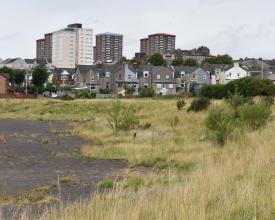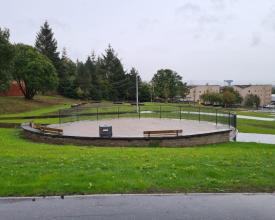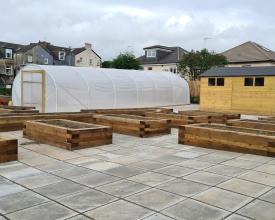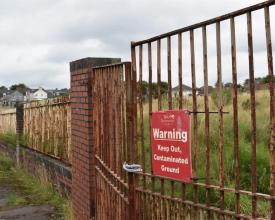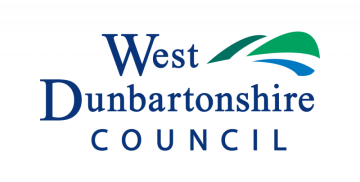
Melfort Park: from contaminated site to urban greenspace asset
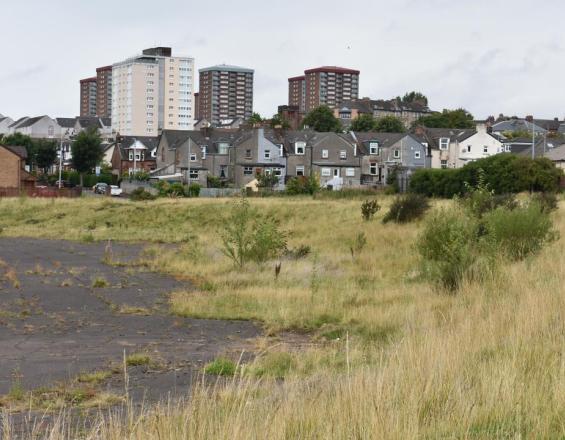
West Dunbartonshire Council has transformed a contaminated derelict site – previously a primary school – in Clydebank, Glasgow, into an attractive and exciting community greenspace with biodiversity areas, outdoor education spaces, raised bed allotments and new recreational and exercise areas.
The project has delivered an additional two hectares of green infrastructure in an urban area of poor health and relatively high deprivation, where 80% of the population live within 500 metres of vacant and derelict land and where there is a clear shortfall of quality green space.
By contributing to improved health and well-being, and a new positive identity for this part of the town within wider regeneration efforts, it is helping make the community more resilient to challenges such as the impacts of climate change
Context
Challenges addressed
Location
Impacts
Site investigations following the demolition of the former primary school revealed widespread contamination of Asbestos Containing Materials (ACMs). This created a constraint for the future of the site and rendered it unsuitable for development. No public access was allowed to the site which caused understandable anxiety for local residents. Following a public consultation in 2016, a new community green space (capping the contamination) was agreed as the most suitable use.
The recently completed site aims to become a ‘destination’ for the local community where people of all ages meet, relax, exercise, and grow food in allotments. New routes through the site support active travel for pedestrians and cyclists between the town centre and the previously spatially isolated residential areas to the north.
Outdoor learning spaces means it can now be used by local schools to deliver outdoor education. Habitat enriching planting provides shelter and food for various species throughout the year, alongside bat, bird, and hedgehog boxes.
This project has improved the quality of the urban area, and the opportunity to use the greenspace daily will improve the health and well-being of the local community. It is accessible to all, free to use and within walking distance of some of the most deprived areas in West Dunbartonshire and Scotland.
For more information contact Elana Bader
